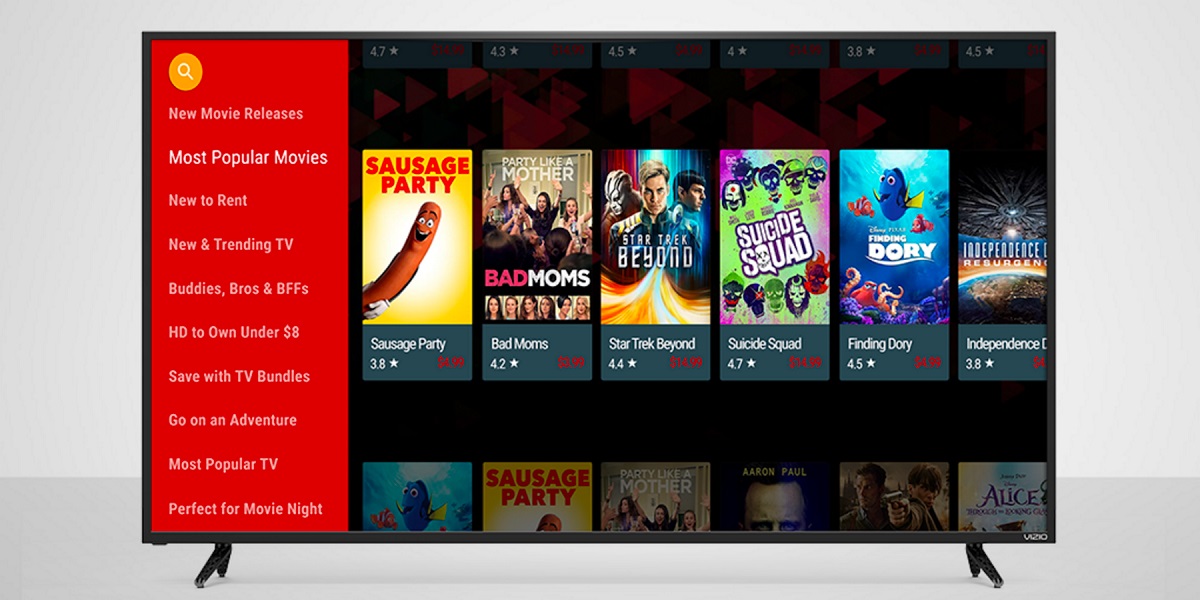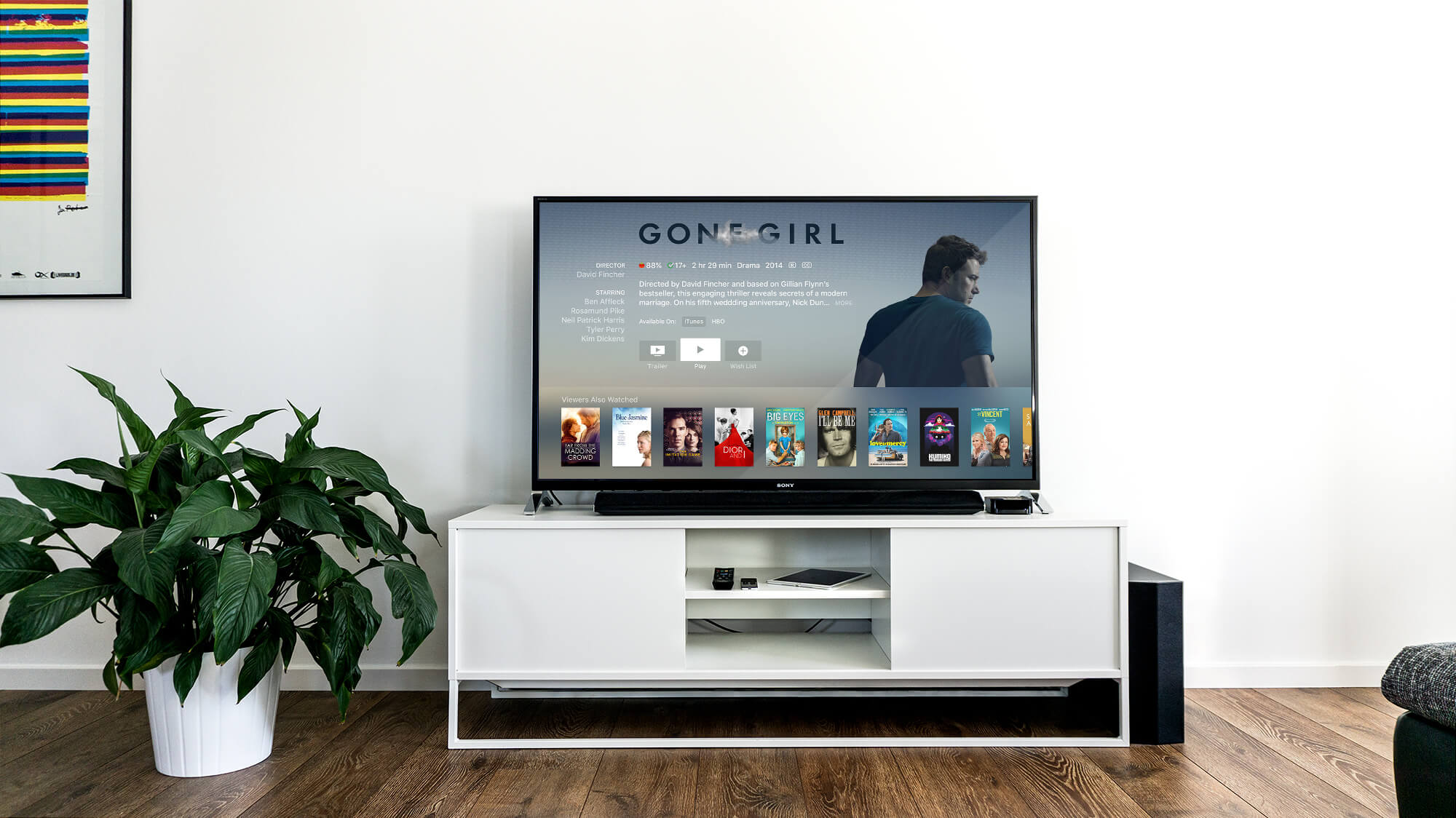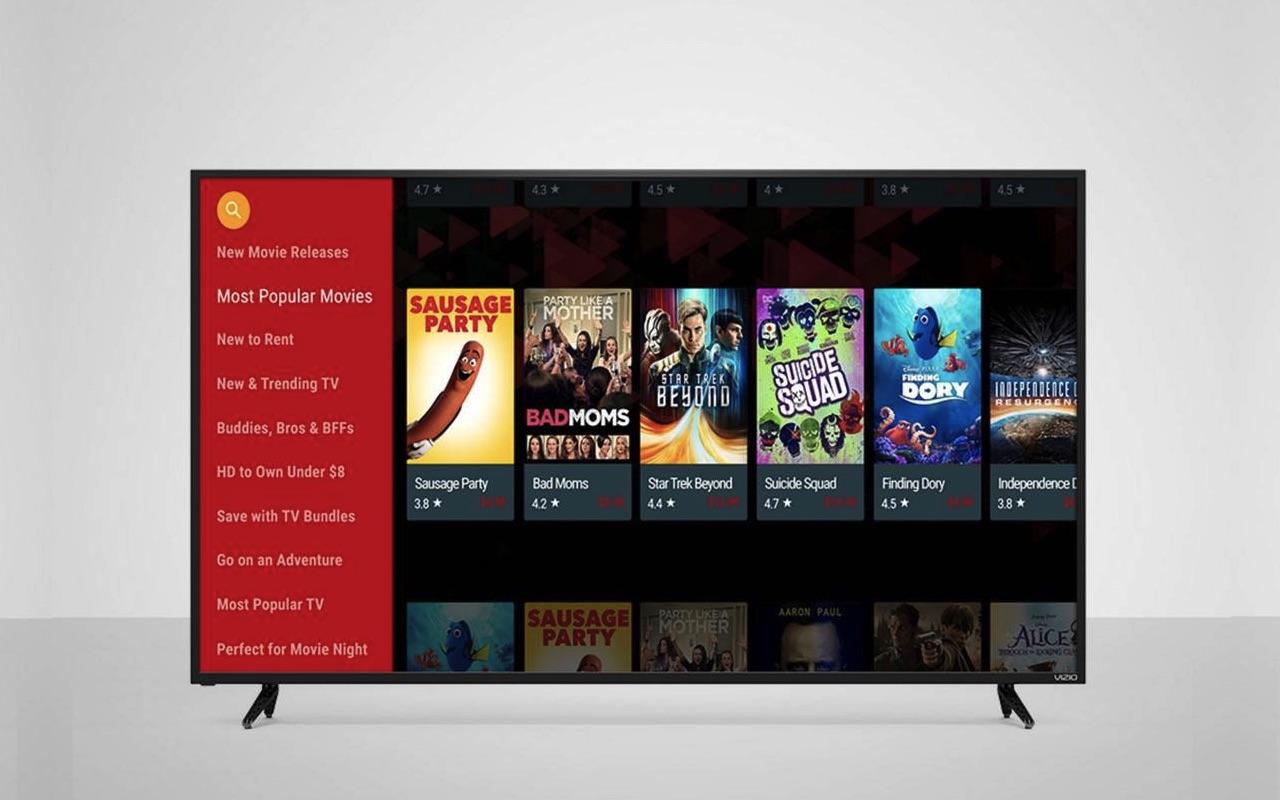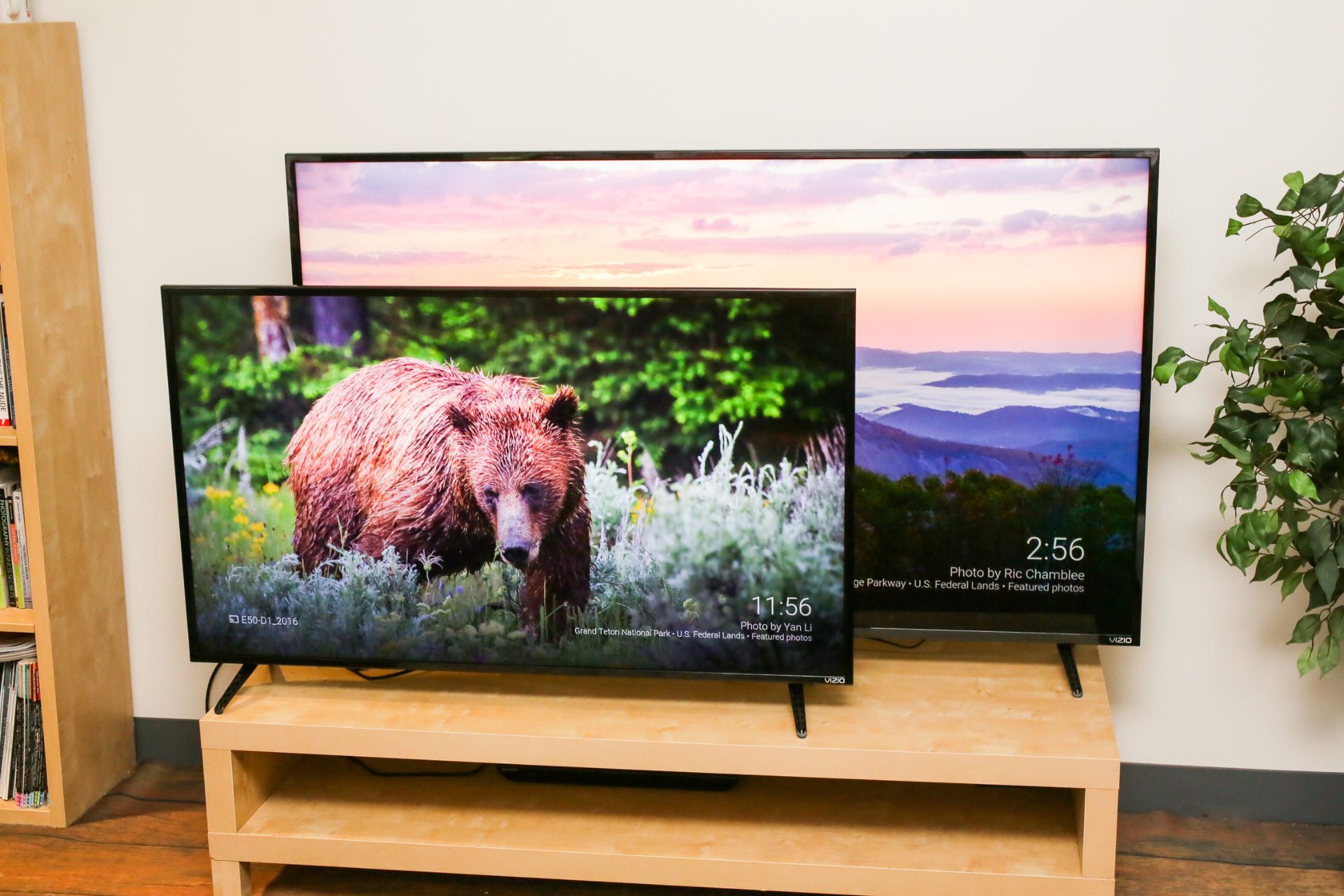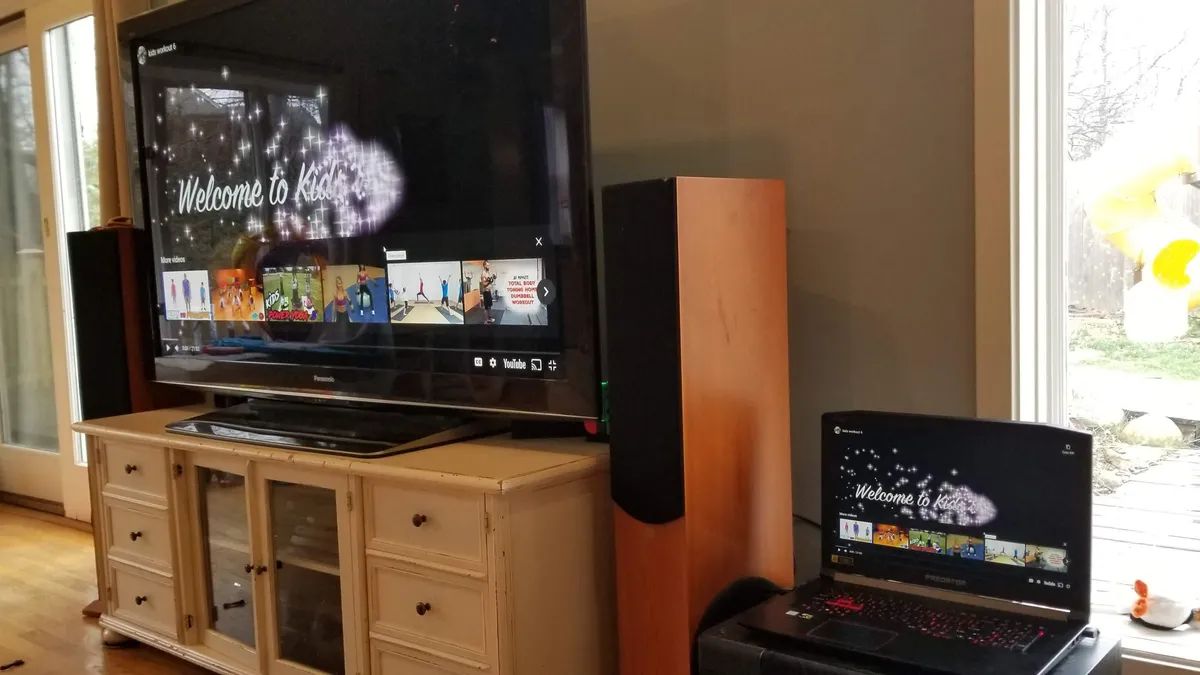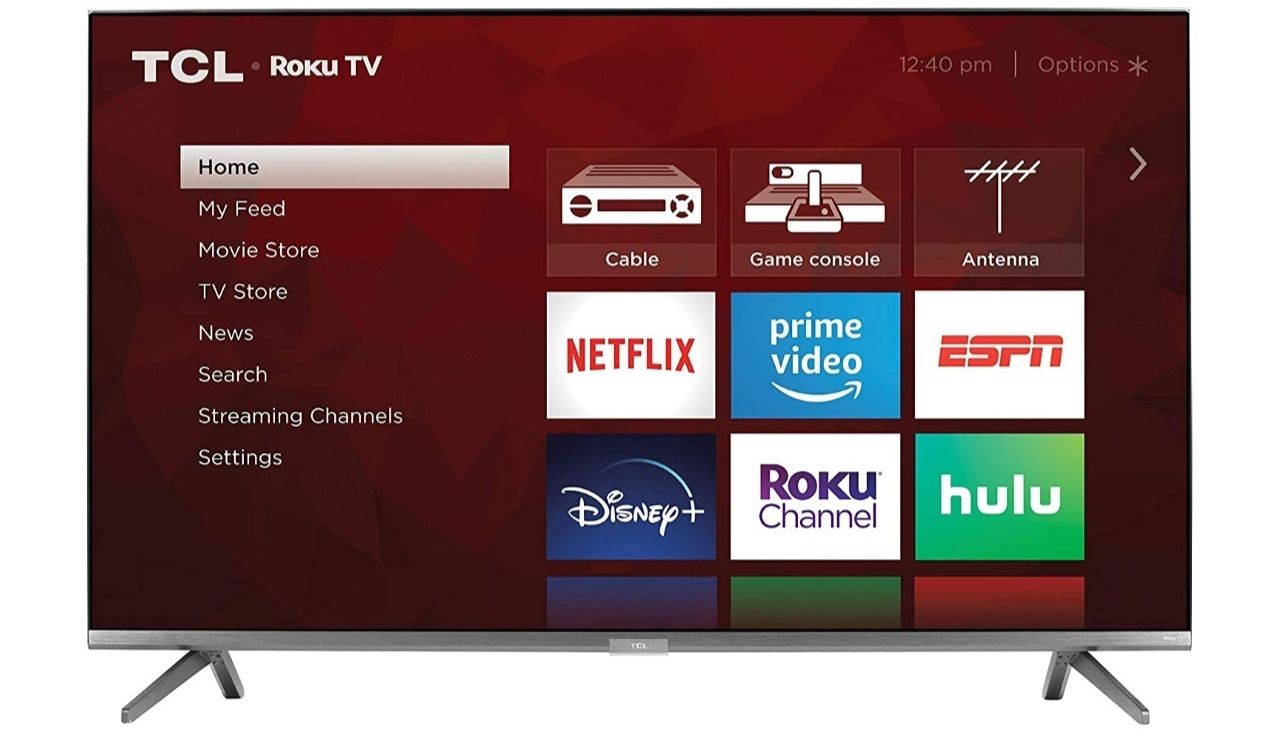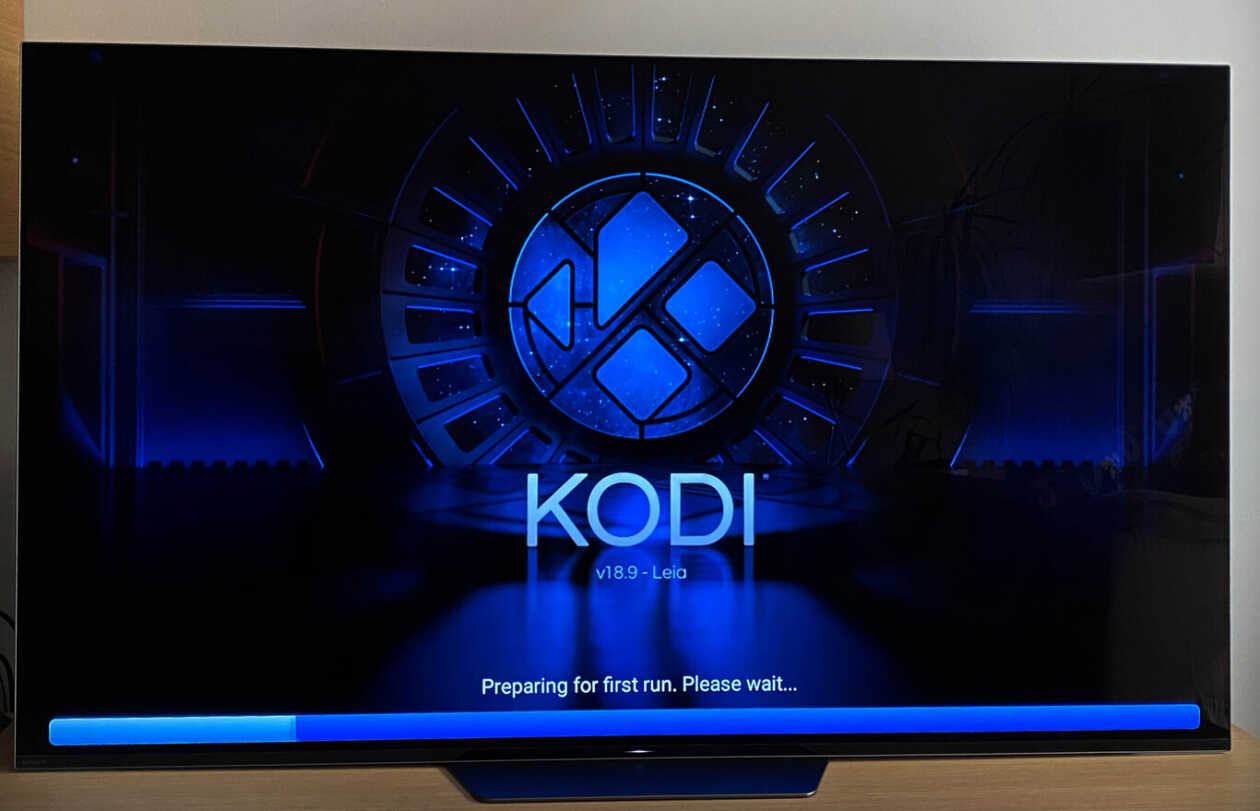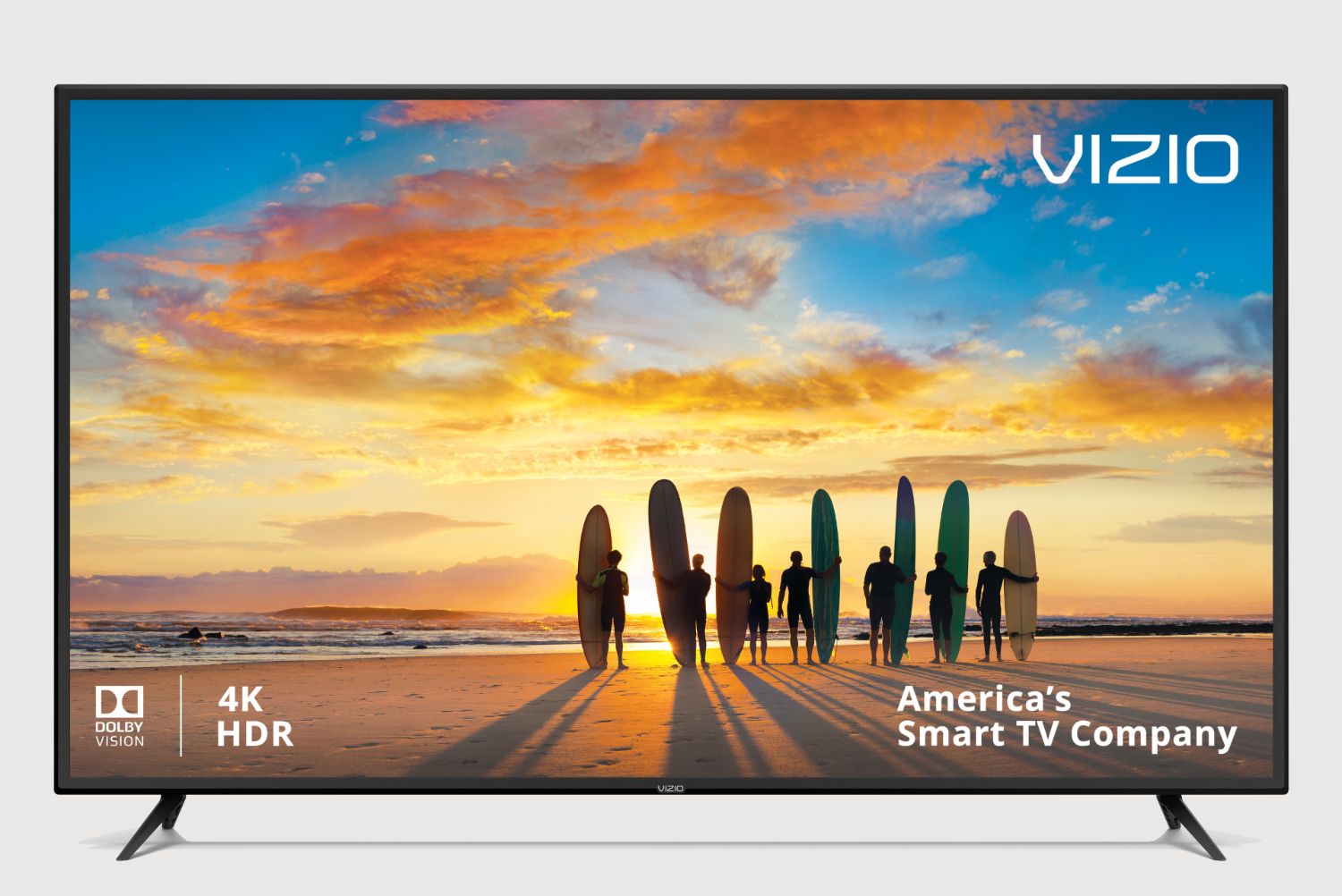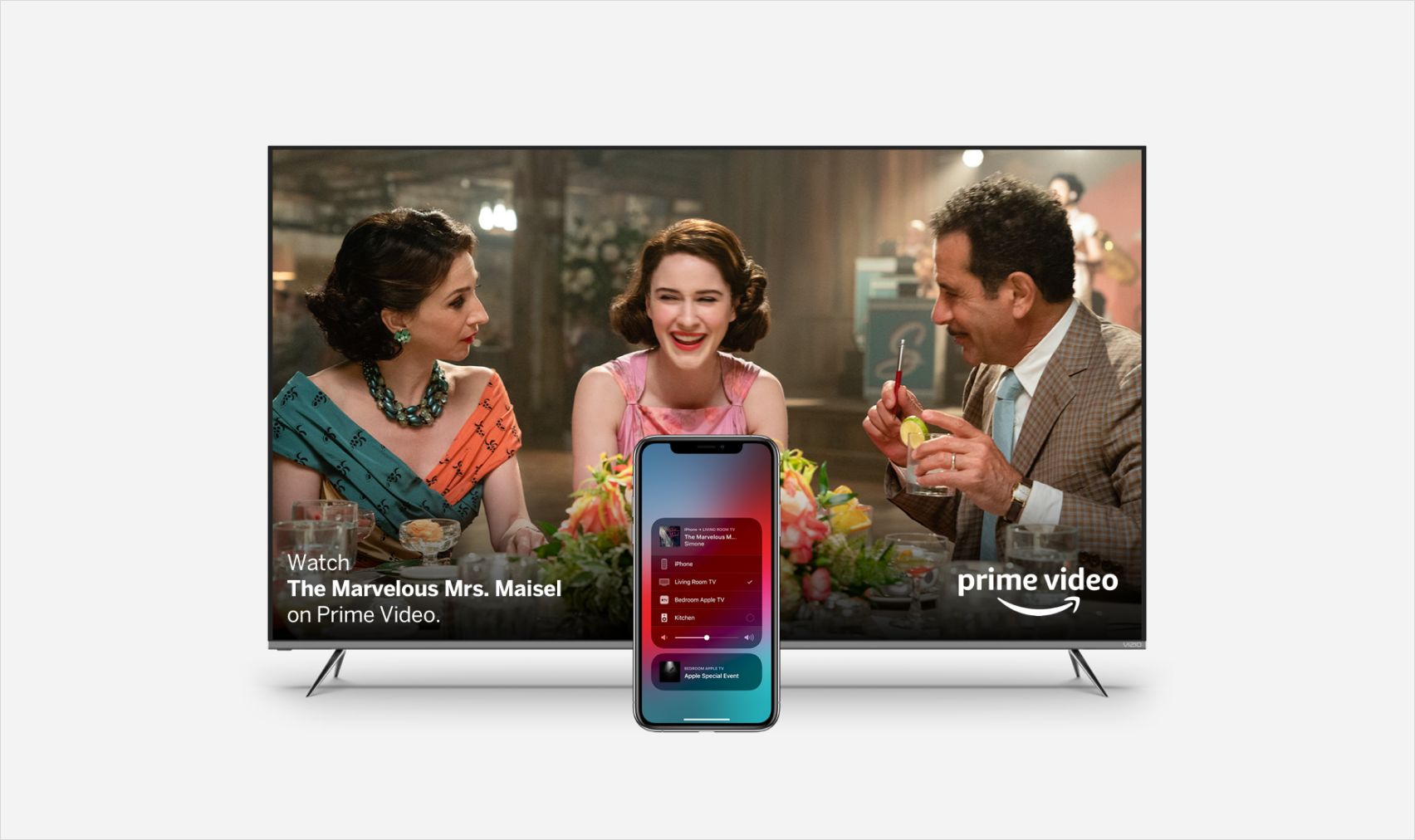Introduction
Vizio Smart TVs have become incredibly popular in recent years, offering a range of features that provide users with a seamless and enjoyable entertainment experience. One of the key features of these smart TVs is their ability to play various video formats, allowing users to watch their favorite movies, TV shows, and videos from a wide range of sources. However, not all video formats are supported by Vizio Smart TVs, which can sometimes cause confusion and frustration for users.
In this article, we will explore the video formats that Vizio Smart TVs are capable of playing, as well as those that are not supported. Understanding the supported video formats will help you optimize your video playback experience on your Vizio Smart TV and avoid any compatibility issues.
Please note that the information provided in this article is applicable to Vizio Smart TVs running the latest firmware. It is always recommended to keep your TV’s firmware up to date to ensure optimal performance and compatibility.
Understanding Vizio Smart TVs
Vizio Smart TVs are a popular choice in the market due to their affordability, sleek design, and extensive smart features. These televisions come equipped with built-in Wi-Fi connectivity, allowing users to connect to the internet and access a wide range of streaming platforms, apps, and online content.
One of the standout features of Vizio Smart TVs is their user-friendly interface, which provides easy navigation and quick access to various entertainment options. With the built-in app store, users can download and install their favorite video streaming apps, such as Netflix, Hulu, and YouTube, to enjoy a vast library of movies, TV shows, and other video content.
Vizio Smart TVs also support screen mirroring, allowing users to display content from their smartphones, tablets, or laptops directly on the TV screen. This feature is especially useful for sharing photos, videos, or presentations with friends and family.
Moreover, these smart TVs offer high-definition displays, delivering crisp and vibrant visuals for an immersive viewing experience. They are also equipped with advanced audio technologies that enhance the sound quality, ensuring users can enjoy a theater-like audio experience in the comfort of their homes.
Additionally, Vizio Smart TVs come with multiple HDMI ports and USB ports, enabling users to connect external devices, such as gaming consoles, Blu-ray players, and USB drives, for an expanded range of entertainment options. The smart remote control provided with these TVs includes dedicated buttons for popular streaming services, making it even more convenient to access your favorite content.
Overall, Vizio Smart TVs offer a comprehensive entertainment solution with their wide range of smart features, intuitive interface, and high-quality display and audio capabilities. Understanding the capabilities and limitations of these TVs will help you make the most out of your viewing experience and ensure compatibility with different video formats.
Common Video Formats
Before diving into the video formats supported by Vizio Smart TVs, let’s take a look at some of the commonly used video formats that you may come across:
- MPEG-4: MPEG-4 is a widely used video format that provides efficient compression without compromising the quality of the video. It is compatible with various devices and platforms.
- H.264: H.264, also known as Advanced Video Coding (AVC), is a highly popular video compression format. It is widely used for streaming videos online and is compatible with a wide range of devices and platforms.
- AVI: AVI, or Audio Video Interleave, is a multimedia container format that stores audio and video data. It has been a standard format for many years and is supported by various media players.
- MKV: MKV, or Matroska Video, is a popular container format that can store multiple audio, video, and subtitle streams in a single file. It is known for its versatility and is widely used for high-definition video playback.
- MP4: MP4, or MPEG-4 Part 14, is a popular container format that can store video, audio, and subtitles. It is widely supported by devices and platforms and is often used for streaming and sharing videos.
These are just a few examples of the many video formats available. The compatibility of these formats with Vizio Smart TVs can vary. In the next section, we will explore which video formats are supported by Vizio Smart TVs and which ones are not. Understanding these compatibility factors will help ensure a smooth video playback experience on your Vizio Smart TV.
Supported Video Formats
Vizio Smart TVs support a wide range of video formats, allowing you to enjoy your favorite content without any compatibility issues. Here are some of the commonly supported video formats:
- MPEG-4: Vizio Smart TVs generally support MPEG-4 video format, which is widely used and provides efficient compression for high-quality videos.
- H.264: H.264 format, also known as AVC, is widely supported by Vizio Smart TVs. This format is commonly used for streaming videos online and offers excellent video quality with efficient compression.
- AVI: Vizio Smart TVs can also play AVI files, which are commonly used for storing audio and video data. You can enjoy your AVI videos without any hassle on your Vizio Smart TV.
- MKV: MKV format is also supported by Vizio Smart TVs, making it an excellent choice for playing high-definition videos with multiple audio, video, and subtitle streams.
- MP4: Vizio Smart TVs have good compatibility with MP4 format, making it easy to play MP4 videos from various sources such as USB drives or streaming platforms.
These are just a few examples of the video formats supported by Vizio Smart TVs. It is worth noting that Vizio keeps updating its firmware to enhance compatibility with additional video formats. Therefore, it is recommended to keep your TV’s firmware up to date to stay abreast of the latest supported video formats.
When playing videos on your Vizio Smart TV, ensure that the video and audio codecs used are compatible with the supported formats mentioned above. This will ensure smooth playback and optimal viewing experience.
Now that you are aware of the supported video formats, let’s take a look at some video formats that are not supported by Vizio Smart TVs in the next section.
Unsupported Video Formats
While Vizio Smart TVs support a wide range of video formats, there are some formats that are not compatible. It is important to be aware of these unsupported video formats to avoid any playback issues. Here are a few video formats that may not be supported by Vizio Smart TVs:
- WMV: Windows Media Video (WMV) is a video format developed by Microsoft. Although WMV files are popular, they may not be playable on Vizio Smart TVs.
- FLV: Flash Video (FLV) is a format commonly used for online videos. However, Vizio Smart TVs may not have built-in support for playing FLV files.
- MOV: MOV is a video format commonly associated with Apple devices. Depending on the specific model and firmware version of your Vizio Smart TV, MOV files may not be compatible.
- WebM: WebM is an open-source video format often used for web streaming. While it is widely supported on many platforms, Vizio Smart TVs may not have native support for WebM files.
- RMVB: RealMedia Variable Bitrate (RMVB) is a format commonly used for video playback in certain regions. Unfortunately, Vizio Smart TVs may not support this format.
It is important to note that the list above is not exhaustive, and there may be other video formats not supported by Vizio Smart TVs. If you encounter a video format that is not playable on your TV, you have the option to convert it to a supported format using third-party software or online converters.
Additionally, Vizio may release firmware updates from time to time that include support for new video formats. Therefore, it is recommended to regularly check for updates and install them to ensure the best possible compatibility and performance of your Vizio Smart TV.
Now that you know which video formats are unsupported by Vizio Smart TVs, let’s move on to some additional tips for playing videos on your Vizio Smart TV.
Additional Tips for Playing Videos on Vizio Smart TV
To optimize your video playback experience on your Vizio Smart TV and ensure smooth playback of various formats, here are some additional tips:
- Keep your firmware up to date: Firmware updates often include improvements to video playback compatibility. Check for firmware updates regularly and install them to ensure your Vizio Smart TV is running the latest software version.
- Use a compatible USB drive: If you plan to play videos from a USB drive, make sure the drive is formatted in a compatible file system such as FAT32 or exFAT. Additionally, ensure that the USB drive is properly connected to the TV’s USB port.
- Verify the video and audio codecs: Check the video and audio codecs used in your video files. Vizio Smart TVs support various codecs, so make sure the files you’re trying to play are encoded with compatible codecs.
- Optimize streaming quality: If you’re streaming videos from online platforms, ensure a stable and fast internet connection. Higher quality videos may require a stronger connection to prevent buffering or stuttering during playback.
- Consider using a media server: If you have a media server at home, such as Plex or DLNA, you can stream videos from your server to your Vizio Smart TV. Make sure the media server is set up correctly and compatible with your TV.
Remember to consult the user manual or support resources provided by Vizio for specific instructions on playing videos and troubleshooting any playback issues. These additional tips will help you enhance your video viewing experience on your Vizio Smart TV.
By following these tips, you can ensure compatibility and enjoy your favorite videos on your Vizio Smart TV without any interruptions or playback issues. Now that you are equipped with the necessary information, you can make the most out of your Vizio Smart TV and enjoy seamless video playback.
Conclusion
In conclusion, Vizio Smart TVs offer a range of features that make them popular among users who want to enhance their entertainment experience. Understanding the video formats supported by these smart TVs is crucial to ensure seamless playback and avoid compatibility issues.
We learned that Vizio Smart TVs support common video formats such as MPEG-4, H.264, AVI, MKV, and MP4. These formats allow you to enjoy a wide range of video content without any problems. However, it’s important to note that certain formats like WMV, FLV, MOV, WebM, and RMVB may not be supported.
To make the most of your Vizio Smart TV, it’s recommended to keep your TV’s firmware up to date, use compatible USB drives, verify video and audio codecs, optimize streaming quality, and consider using a media server if you have one. These additional tips will help you maximize your video playback experience on your Vizio Smart TV.
Remember to consult the user manual and support resources provided by Vizio for further guidance on playing videos and troubleshooting any issues that may arise. Regularly checking for firmware updates is also essential to ensure compatibility with new video formats released in the future.
By following the suggestions outlined in this article, you can ensure smooth video playback on your Vizio Smart TV and enjoy your favorite movies, TV shows, and videos without any interruptions. So sit back, relax, and immerse yourself in a world of entertainment on your Vizio Smart TV.







